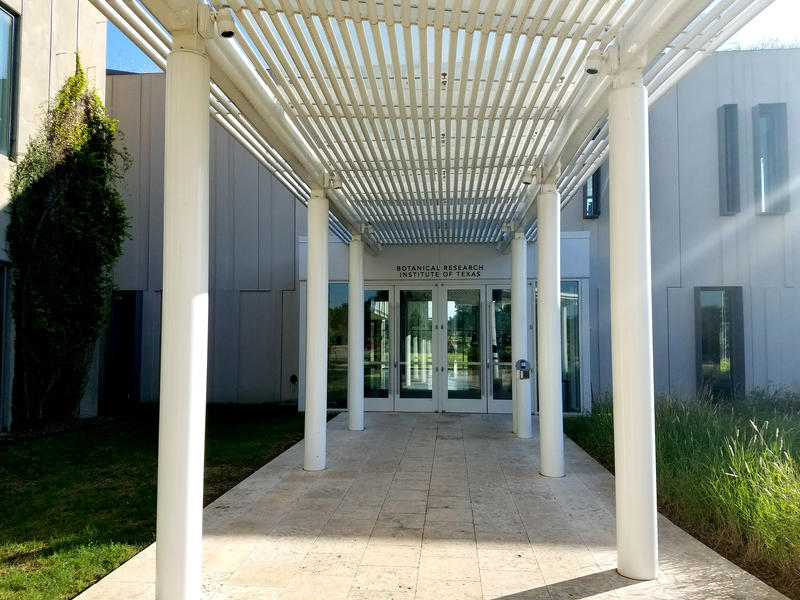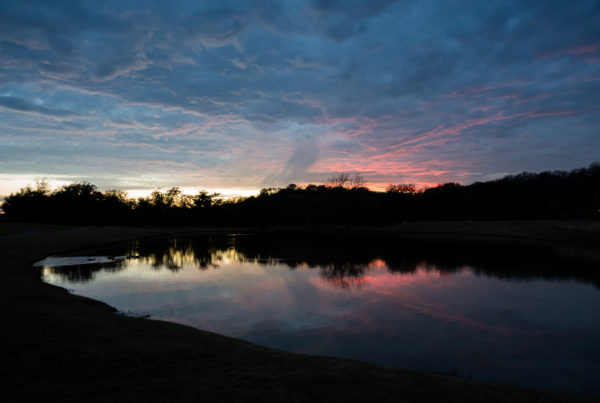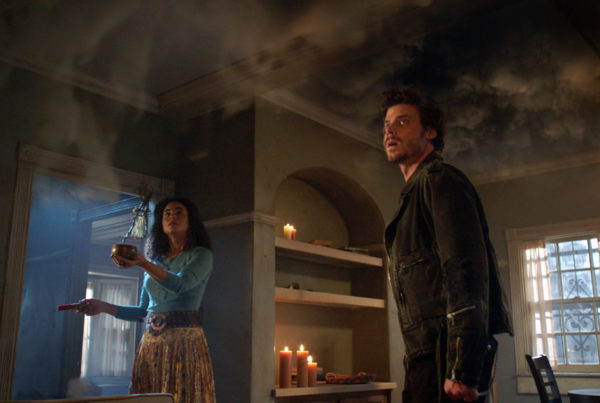From KERA:
Nearly half a million plant specimens that are native to Louisiana will soon take up residence at Fort Worth’s Botanical Research Institute of Texas – also known as BRIT.
The institute adopted the collection from the University of Louisiana at Monroe, which is making room for a stadium expansion and no longer has the space to store hundreds of thousands of dried plants.
A semi-truck backed up onto a loading dock. Movers unlatched the truck doors, and an ice-cold fog swirled outward. Inside, it was minus 20 degrees Fahrenheit, which is how frigid it needs to be to safely transport hundreds of thousands of dried plants from Monroe, Louisiana, to Fort Worth – and to do it bug free. The plants were packed neatly inside 7-foot-tall green metal cabinets.
“There are 164 or so cabinets coming in this round, and there will be another 165 in the next round,” says Tiana Rehman, the herbarium collections manager at BRIT. She oversaw this extremely delicate move.
“If you have to, you can tilt them a little bit, but you should tilt them with the backs of the cabinets towards the ground,” Rehman says, directing the movers as they surveyed the precious cargo. “They can’t be fully tilted.”
An opportunity for BRIT
The nearly 250,000 plant specimens loaded into this first shipment made the 325-mile trek from the University of Louisiana at Monroe after the school’s administration decided earlier this year that there was no longer the space for them on campus.
“The administration felt the collection wasn’t being used enough by the faculty, and they don’t want to support that area of research anymore. So they felt it would be better sent somewhere else,” says Thomas Sasek, an associate professor of biology and the herbarium curator at the university’s Museum of Natural History.
The botanists at BRIT saw that as an incredible opportunity.
“This is a legacy that really needs to be saved,” says Peter Fritsch, director of BRIT’s herbarium.
“The last flora, so to speak, of Louisiana was in something like 1805, and it’s completely outdated. There hasn’t really been a full-fledged flora collection of Louisiana since,” he says.
That is, until R. Dale Thomas, a botanist at Louisiana Monroe, began collecting in 1966 and almost single-handedly built out the university’s herbarium – from only 250 plant specimens in just three cabinets to approximately 475,000, including ferns, seed plants, flowering plants, mosses and some fungi.
More pressure on small universities
Back in March, Louisiana Monroe university administrators announced the stadium where these plants were being stored would be renovated to expand a running track. The site also housed millions of fish, reptile and amphibian specimens – part of the university’s Museum of Natural History collection. It all had to go by the end of July, and if the collection wasn’t moved by then, curators said the administration threatened to destroy it.
“It’s not that the museum is being traded for the track team; it’s just circumstances,” says Thomas Sasek, the herbarium curator at Louisiana Monroe. “We always feel they could’ve planned further ahead and given us a chance to find a space. If we had six months or a year to plan – even if we were going to give it up – it would’ve been much smoother and less traumatic.”
















